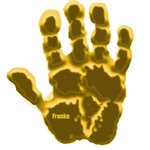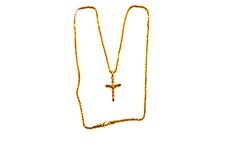New to swinging and digging. Any tips. For a noobie
Upvote
0
Follow along with the video below to see how to install our site as a web app on your home screen.
Note: This feature may not be available in some browsers.

#1 Review a bunch of videos on how to recover a target without making a mess. #2 keep your coil parallel to the ground and as close to the ground as you can easily swing. #3 I wouldn't bother gridding a place right off the bat. As Frankn said, try the most likely areas first and then if you find good targets, set up a grid for just that area. You can expand that grid as needed based on what you find. Naturally, if you're trying to find a specific item for somebody, you'll want to grid the area in which the item was lost. String, plastic cones, wooden stakes, will all work in a grassy area. At the beach, I just drag the scoop in the wet sand and shuffle my feet in the dry to mark the areas I've hunted.New to swinging and digging. Any tips. For a noobie
Thorne said:Got tips about sensitivity knob setting?
Frankn made a good point and your grid can be as large or a small as your research has proven where the best spot to grid. Another thing you might want to experiment with is when your detector indicates a good but faint tone and VDI (if your detector has a screen) and sometimes but not always both (tone but no VDI) on one side of your swing. I've experienced getting a faint tone with and sometimes without a VDI # but it only comes on one side of the swing. I've dug good targets but not always. It's usually an indication of deep target.
